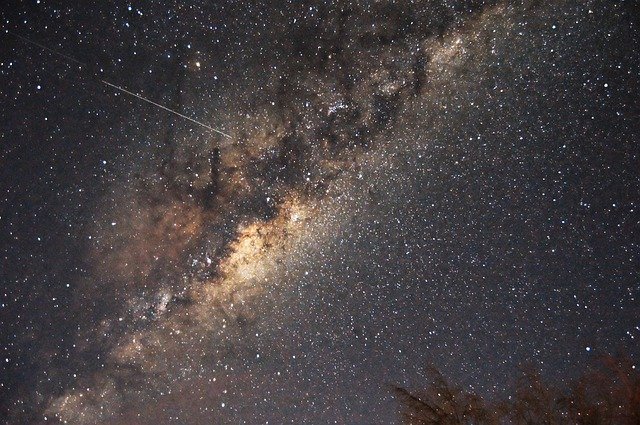Those who are passionate about astronomy are in luck. During the next few days, you will be able to enjoy the best observation of Mars in the next 15 years and the meteor shower of the Draconids.
Mars is an easy planet to locate with the naked eye and one of the most fascinating to see with a telescope. Being a planet very close to Earth, it is often thought that it is always close enough to see it, however, this is not always the case. The best day to observe it during the year 2020 will be during the early morning of October 14.
Why that day and not another? Because the red planet will be in opposition, that is, it will be located on the opposite side to the Sun as seen from Earth. A milestone to take advantage of, since Mars only reaches this phase every 26 months and, in addition, this astronomical phenomenon will not repeat itself until 2035.
“October is a good time to see Mars, as the planet is visible all night and reaches its highest point in the sky around midnight,” wrote NASA in a guide to the highlights of observing the sky during that time.
If the skies are clear, you can observe Mars at its best without the need for binoculars or a telescope. The best time is at sunset. To find it you must direct your gaze to the east or to the Moon and near it, a light redpoint with a crimson hue will appear. You will see as a bright reddish-orange “star” just above the horizon. If you find it, you will have found the Red Planet.
However, Mars will not be the only protagonist of the skies during the month of October. You can also take advantage of these days to enjoy the October Draconids, a meteor shower whose name comes from the constellation of Draco. These will be visible from October 6 to 10, generating about 20 meteors per hour, with a speed of 20 kilometers per second.
You won’t need a telescope to observe the Draconids either. Just get away from the bustle of light and find a location that provides a dark sky with few obstacles to view, such as buildings, trees, or mountains.
After the Draconids will come to the Orionids, with a maximum on the night of October 21-22, the Leonids, with the highest activity on November 17, and after these, the Geminids, with more meteors around December 14.
